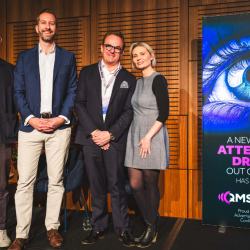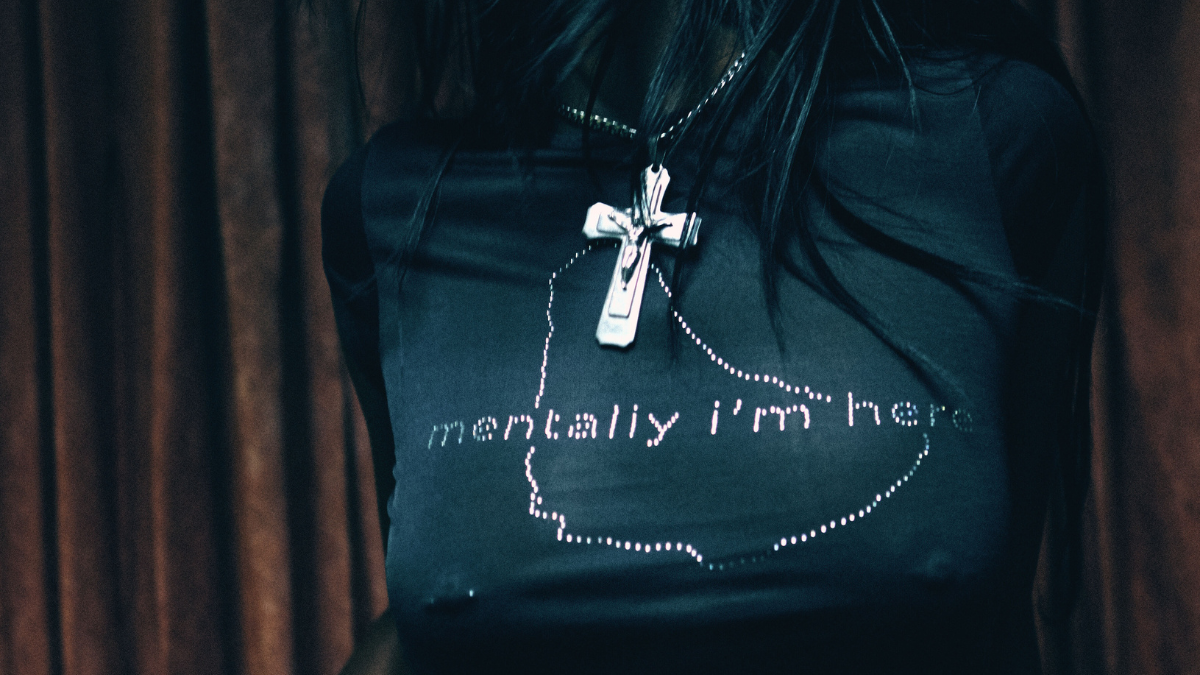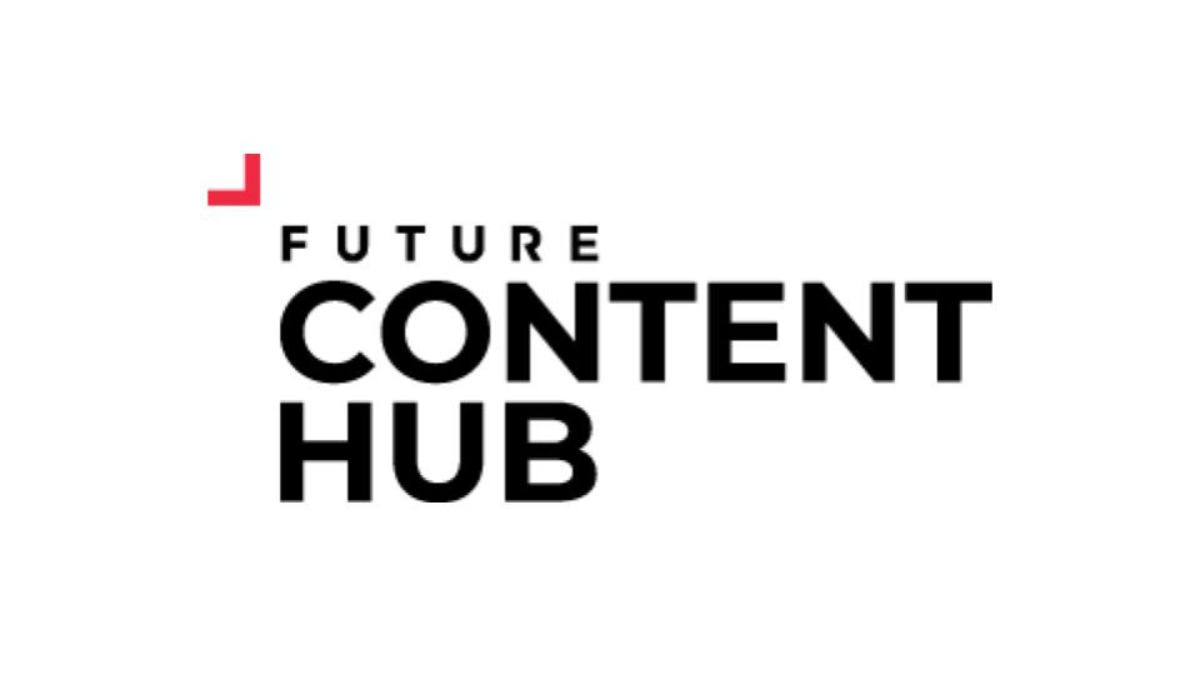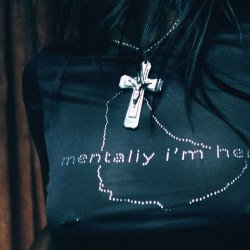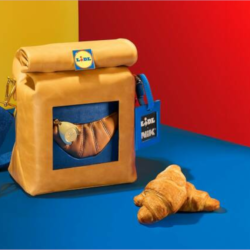The last decade has seen a critical re-evaluation of legacy narratives
In 2020, protesters pulled down the statue of Edward Colston which had sat in Bristol City Centre for the past 100 years. I grew up near Bristol, and the Colston name was literally built into the very fabric of the city: Colston Street, Colston Hall, Colston Tower… There were over twenty places commemorating Colston scattered across Bristol. Why, then, was a 17th Century slave merchant, actively involved in the enslavement of 84,000 Black people, memorialised so actively? And how had he managed to craft a legacy for himself as a ‘philanthropist’, rather than a slavery profiteer, memorialised city-wide for over a century?
Sleight of hand of legacy building does just that. And there are countless examples of where individuals, families and businesses have used positive legacy narratives to grow their equity; building a narrative of kindness and generosity while squirrelling away the evils behind a glossy exterior.
Legacy really is no more than Robin Hood fables and stories
Colston shows that purpose washing maybe isn’t such a new phenomenon. Legacies are certainly written, not earned. We all know that the people who end up in the history books, or the narratives we hear, are only included from the victor’s perspective.
Legacy building is fable-like storytelling. The stories of goodies and baddies: a Robin Hood character gives back to the needy, a white knight rides in to save the day, an enterprising young wizard sets a wrong to right, an unlikely genius solves an impossible problem.
The problem is, to date, legacy has mostly been used to hide the bad things. The Sackler family used a ‘white knight’ narrative to position themselves as the tacklers of chronic pain, thereby selling OxyContin into doctors and becoming largely responsible for the subsequent Opioid Crisis in the US. Elizabeth Holmes used an ‘enterprising genius’ narrative to gain funding for Theranos and in-store rollout, despite the product not actually working.
But storytelling works, and can be a tool for progressive brands
From the reckoning of the Sackler family, to the downfall of Theranos, we’ve seen the facades crumble under a critical lens. With the power of a more democratised media landscape, global behemoths are no longer as able to make the legacy sleight of hand work. And, as consumers are ever more critical about what brands are doing behind the scenes, it now takes more than telling tales to convince people.
But there’s no denying that legacy narratives are hugely effective, leaving vast opportunities for truly progressive brands to craft a memorable legacy for good. These stories can help people understand, act, and remember — after all we’re 22x more likely to remember stories than facts (if you haven’t read it, I’d really recommend this article from Kevin Chesters on storytelling).
So how can progressive brands craft their legacy narrative?
Set the scene
Create the backdrop for the scene, what’s the landscape and history within which your brand exists? What’s the slice of reality within which you work, who are the key characters, what’s the time period, what’s been happening before this story starts?
Introduce the baddy
Ideas always land best when paired with a problem, especially when your brand is offering progress. What’s the issue that no one else has shone a light on, or that remains unsolved? Who’s been let down, ignored, sidelined, or dismissed? Who’s the enemy your character is going to battle?
Choose your character
Which fable-like character will best describe what you’re doing? Are you leading the charge to save the day, or are you uplifting others behind the scenes? What tools are at your disposal? What characteristics are unique to you? What skills in your armoury can be used to battle the bad thing?
A legacy for good
Legacy has become a word laden with negativity. It brings up ideas of dynasty families, and brand tactics hiding big corporation manipulation. Plus, in a world moving ever more quickly forward, what value do we have from the past? But legacy story narratives are immensely powerful in their memorable simplicity, and in reclaiming them, progressive brands can make their work ever more impactful — for now and the future.
Featured image: Alessio Zaccaria / Unsplash




